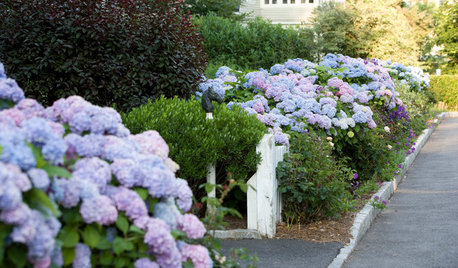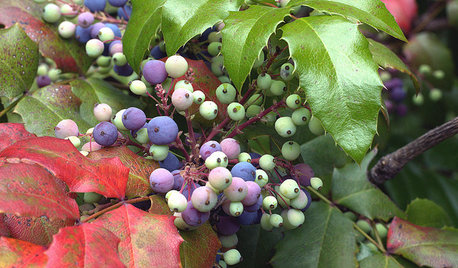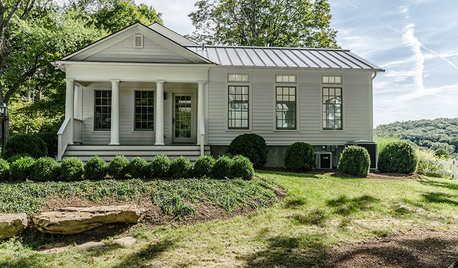What's wrong with these rhododendrons?
rhododummy
15 years ago
Related Stories

LIFETrue Confessions of a House Stalker
Letting go when a new owner dares to change a beloved house's look can be downright difficult. Has this ever happened to you?
Full Story
GARDENING GUIDES8 Deer-Resistant Elegant Evergreen Shrubs to Plant This Fall
Who knew that such beautiful shrubs could be deer-resistant?
Full Story
FLOWERSWhy You Should Give Hydrangeas a Place in Your Yard
The exuberant mop-headed beauties evoke dreams of an endless summer by the sea
Full Story
FLOWERSRudbeckia Mania: Go Beyond Black-Eyed Susan in the Garden
Branch out from typical nursery fare, with lesser-known Rudbeckia species that have delightfully unexpected features
Full Story
GARDENING GUIDESGreat Design Plant: Mahonia Aquifolium for Birds
Oregon grape puts on a bold spectacle from spring through winter and is ideal to brighten partly shady corners in the U.S. West
Full Story
DECORATING GUIDESTaste a Rainbow: 11 Top Home Decorating Colors and How to Use Them
Prime yourself for spring painting season with our color-happy guide to working with popular shades around the home
Full Story
HOUZZ TOURSHouzz Tour: A Revolutionary Renovation in Connecticut
A 200-year-old farmhouse retains elements of its past, like reclaimed wood, yet feels decidedly modern. Yoga, anyone?
Full Story
GARDENING GUIDESLet's Weed Out 4 Native Plant Myths
Plant wisely for a garden that supports pollinators and requires less work
Full Story
MOST POPULAR20 Ways to Work White Magic in Your Yard
Create enchanting outdoor spots with fresh white fences, florals and furniture
Full Story
GARDENING GUIDESGardening Solutions for Heavy Clay Soils
What’s a gardener to do with soil that’s easily compacted and has poor drainage? Find out here
Full StorySponsored






rhodyman
flowerfloosey
Related Professionals
Accokeek Landscape Architects & Landscape Designers · Bridgetown Landscape Architects & Landscape Designers · Franconia Landscape Architects & Landscape Designers · Marina Landscape Architects & Landscape Designers · Walnut Landscape Architects & Landscape Designers · Barrington Landscape Contractors · Chelmsford Landscape Contractors · Fort Myers Landscape Contractors · New Providence Landscape Contractors · Pleasant Hill Landscape Contractors · Rockland Landscape Contractors · Saint George Landscape Contractors · San Benito Landscape Contractors · North Aurora Landscape Contractors · San Pablo Landscape Contractorsmorz8 - Washington Coast
jean001
rhodyman